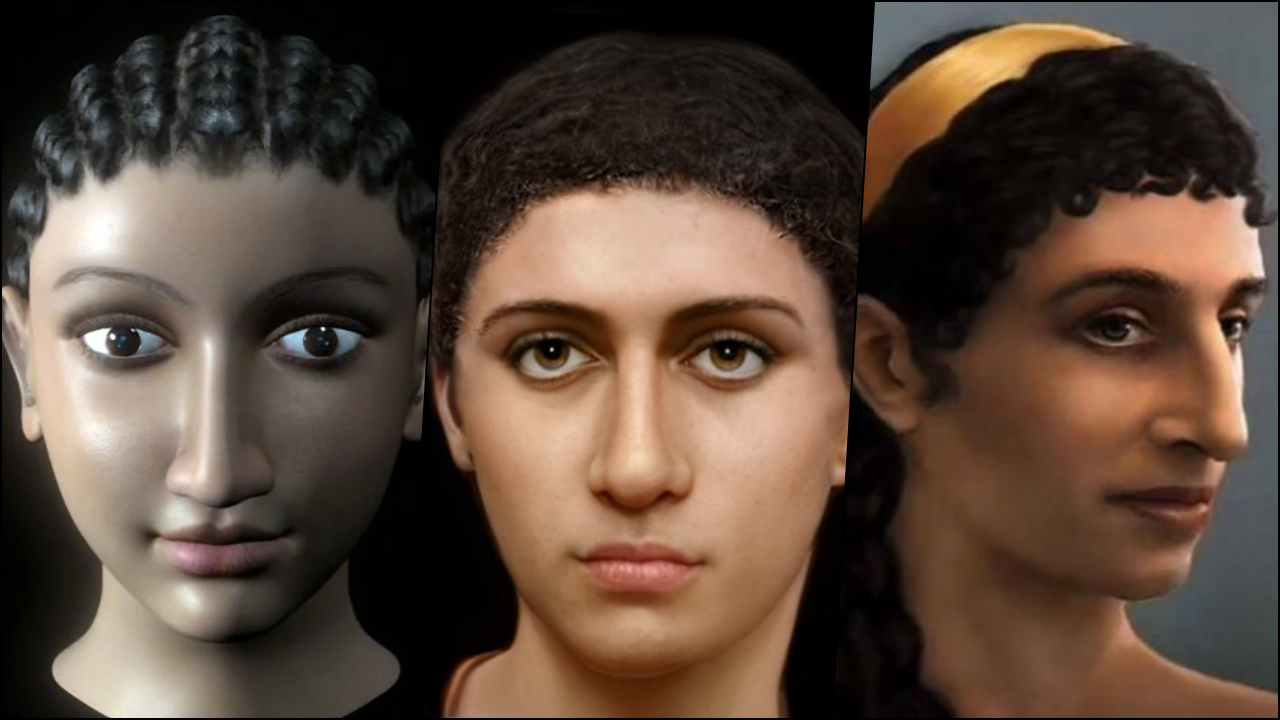In the annals of history, few figures loom as large and enigmatic as Cleopatra VII, the last pharaoh of ancient Egypt. Revered for her intelligence, political prowess, and legendary love affairs, Cleopatra continues to captivate the imagination of scholars, artists, and enthusiasts alike. Yet, despite her enduring fame, the question of what Cleopatra truly looked like remains a subject of fascination and debate. Piecing together clues from ancient texts, archaeological findings, and artistic representations, we embark on a journey to unravel the mystery surrounding Cleopatra’s appearance.
The Historical Context:
Cleopatra was born in 69 BC into the Ptolemaic dynasty, a Greek royal family ruling Egypt following the death of Alexander the Great. As a descendant of Macedonian conquerors, Cleopatra’s lineage was not ethnically Egyptian, but rather Macedonian Greek. However, as the ruler of Egypt, she embraced the traditions and culture of her kingdom, presenting herself as the embodiment of Egyptian sovereignty.
Contemporary accounts provide intriguing glimpses into Cleopatra’s physical attributes. Roman historian Plutarch, writing nearly a century after her death, described her as “not remarkably beautiful.” However, he emphasized her charisma, intelligence, and persuasive charm, qualities that proved instrumental in her dealings with powerful Roman leaders such as Julius Caesar and Mark Antony.
Ancient Representations:
Despite the absence of contemporary portraits, Cleopatra’s image has been immortalized in numerous works of art produced during and after her lifetime. Egyptian artists depicted her in the traditional style of Egyptian queens, with idealized features and elaborate headdresses symbolizing her royal status. However, these representations often conformed to artistic conventions rather than accurate physical likenesses.
One of the most famous depictions of Cleopatra is found on ancient coins minted during her reign. These coins typically feature her profile wearing a diadem, a symbol of her royal authority. While these images offer valuable insights into Cleopatra’s self-presentation, they must be interpreted with caution, as they were crafted for propaganda purposes rather than as realistic portraits.
Roman artists, influenced by Hellenistic ideals of beauty, portrayed Cleopatra with features reminiscent of classical Greek goddesses. Busts and statues from the Roman period depict her with a straight nose, full lips, and a regal bearing befitting her status as a queen. However, these representations may have been idealized or influenced by the artist’s imagination rather than based on firsthand observation.
Modern Interpretations:
In the absence of definitive evidence, scholars and artists have speculated about Cleopatra’s appearance based on historical context and contemporary descriptions. Some researchers suggest that Cleopatra’s mixed Macedonian-Egyptian heritage would have imparted distinctive features, such as olive skin, dark hair, and almond-shaped eyes. However, these conjectures remain speculative, as ancient sources provide few details about her physical appearance.
In recent years, advances in forensic science have offered new avenues for reconstructing historical figures’ appearances based on skeletal remains and genetic analysis. While no physical remains attributed to Cleopatra have been positively identified, researchers have conducted facial reconstructions based on skulls believed to belong to individuals of the Ptolemaic period. These reconstructions offer intriguing possibilities but are inherently speculative and subject to interpretation.
The Legacy of Cleopatra’s Beauty:
Cleopatra’s allure and beauty have been immortalized in literature, art, and popular culture for centuries. Shakespeare’s play “Antony and Cleopatra” portrays her as a seductive enchantress whose beauty bewitches powerful men. Renaissance artists such as Titian and Michelangelo depicted her in their works, perpetuating the image of Cleopatra as a femme fatale of unparalleled elegance and grace.
In the realm of cinema, actresses ranging from Elizabeth Taylor to Angelina Jolie have portrayed Cleopatra on screen, each offering their interpretation of her legendary beauty and charisma. These portrayals reflect changing ideals of beauty and femininity while reinforcing Cleopatra’s status as an enduring icon of glamour and sophistication.
Conclusion:
The question of what Cleopatra looked like remains shrouded in mystery and speculation, compelling scholars and enthusiasts alike to explore the enigmatic queen’s legacy. While contemporary accounts and artistic representations offer tantalizing clues, the true extent of Cleopatra’s beauty may never be fully known. Nevertheless, her intelligence, wit, and political acumen continue to inspire admiration and fascination, ensuring that Cleopatra’s legacy endures as one of history’s most captivating figures.
